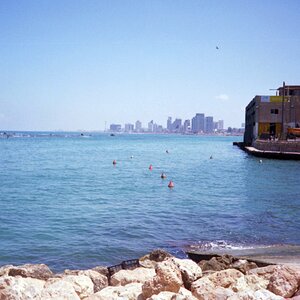rgregory1965
No longer a newbie, moving up!
- Joined
- Aug 15, 2011
- Messages
- 711
- Reaction score
- 84
- Location
- arizona
- Can others edit my Photos
- Photos OK to edit
I went and picked up my Sigma 70-200 f/2.8 OS for my D7000 today.
I popped it on and set the cam to 6fps, shooting in manual
at 2.8 I can fire off 10 shots and they all look the exact same
at 8.0 I can fire off 10 shots and I get 10 photos at different WB
I have a friend with the Nikon VR1 and it does the same thing......on my D7000
is this normal????
this is my first lens of this caliber
BTW it was all done in Auto WB
EDIT: After checking the F2.8 photos are the same way....here are a few
My friend was obviously not going for focus here.....this was just a test


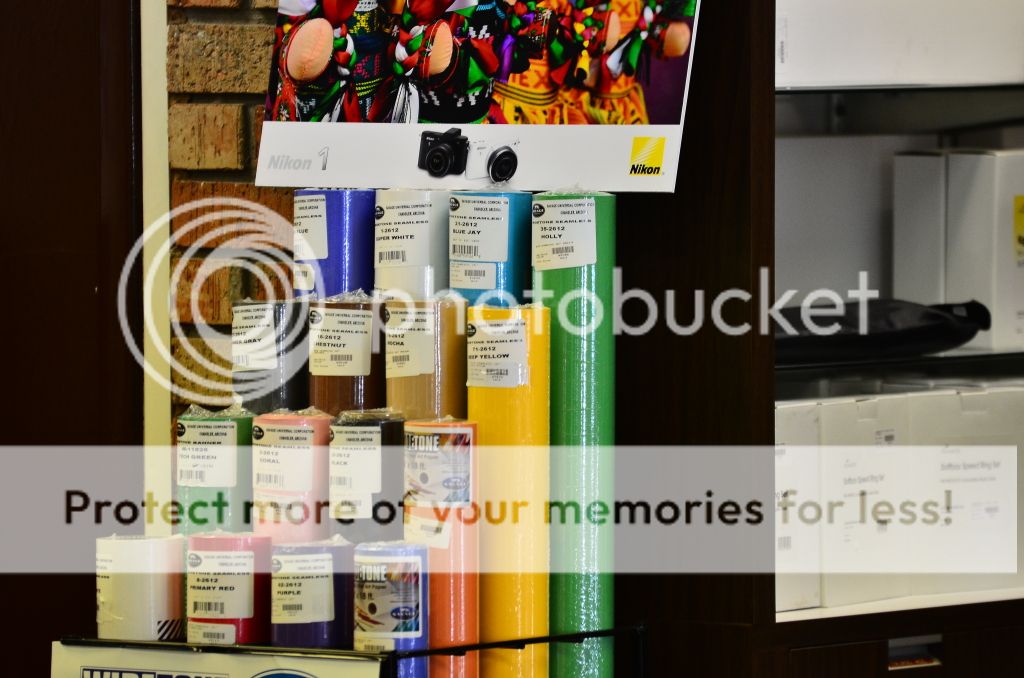

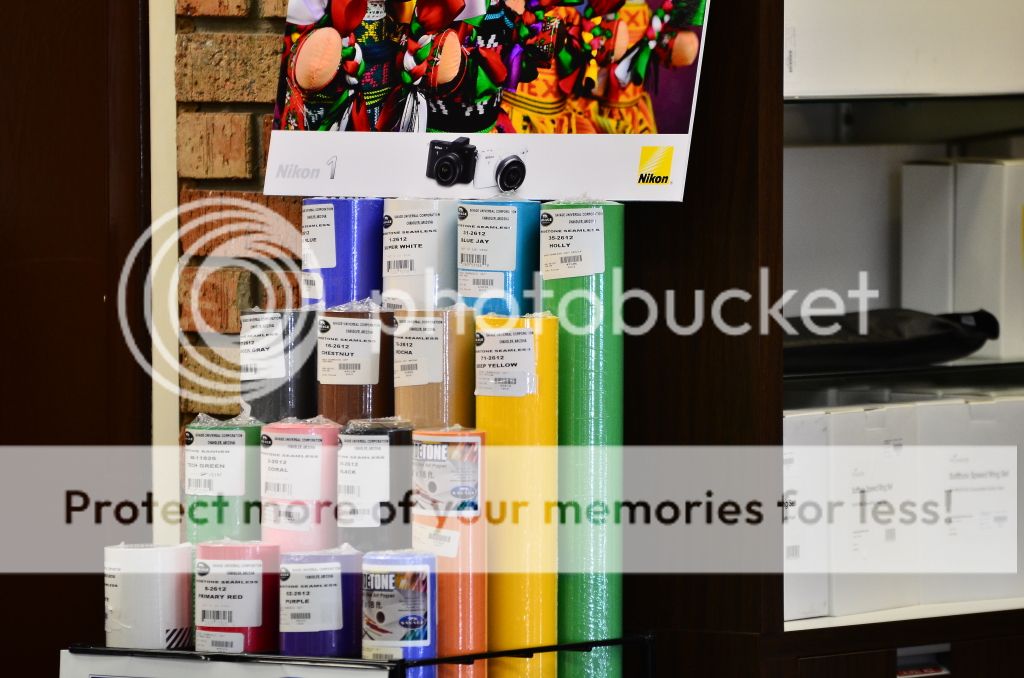

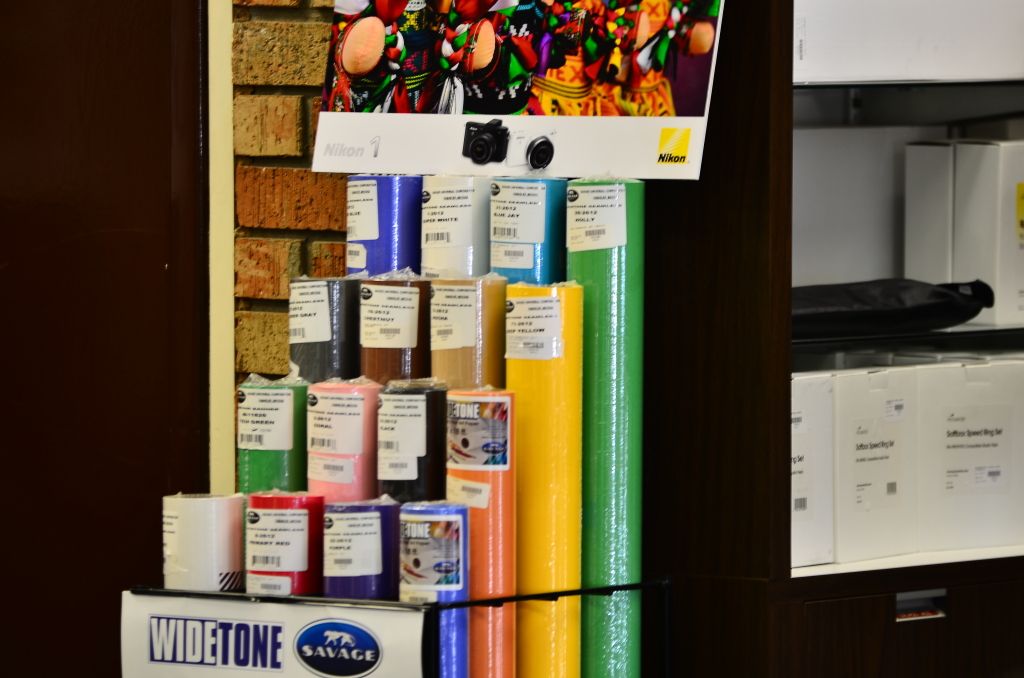

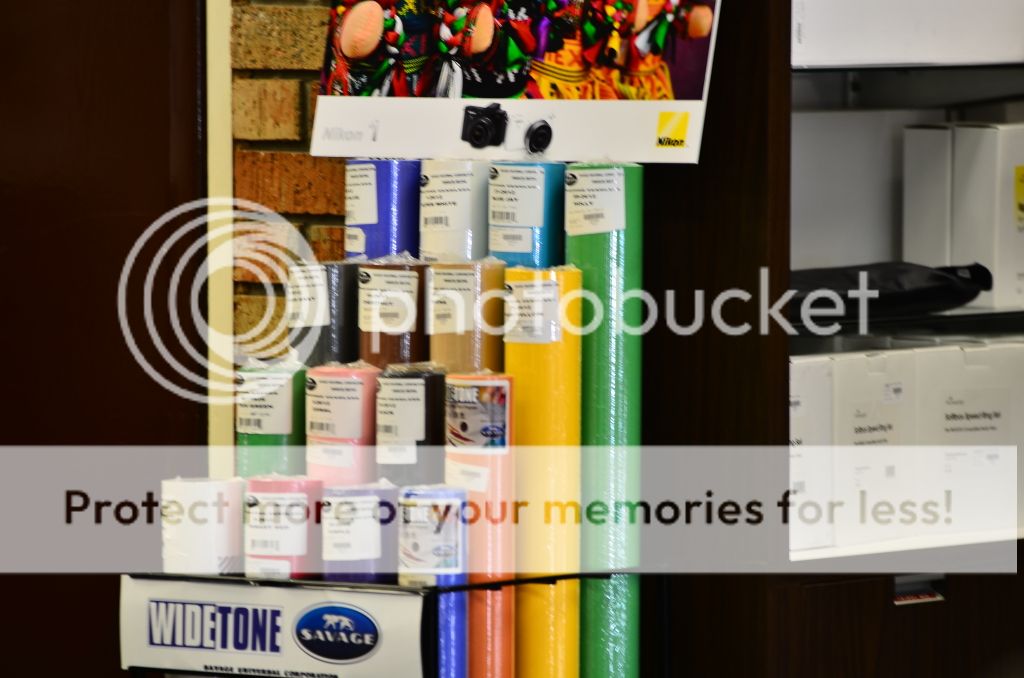
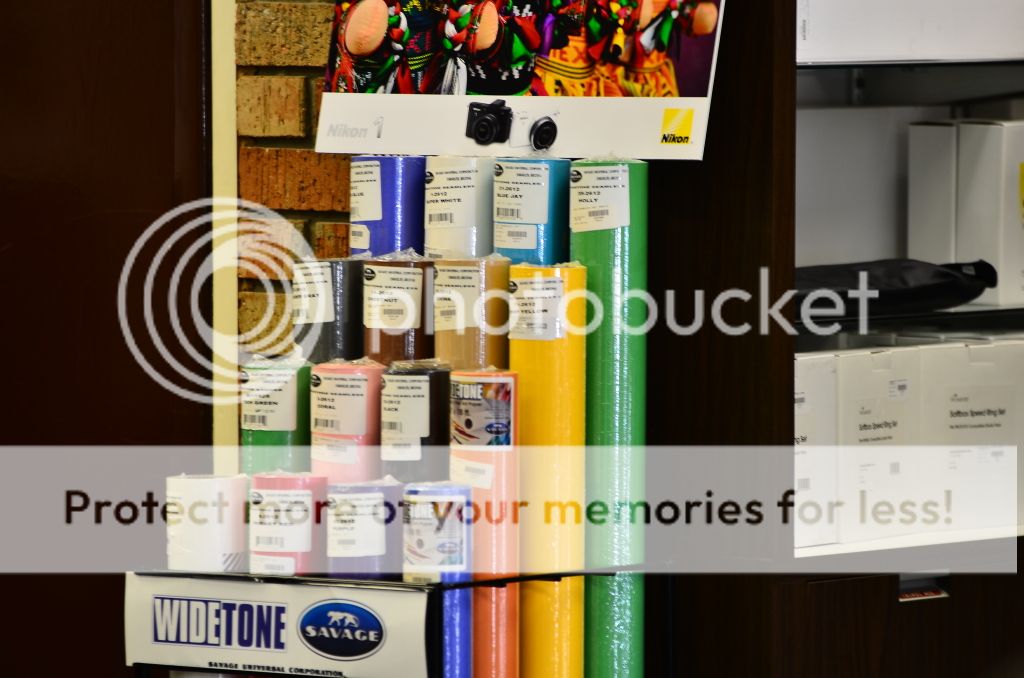

I popped it on and set the cam to 6fps, shooting in manual
at 2.8 I can fire off 10 shots and they all look the exact same
at 8.0 I can fire off 10 shots and I get 10 photos at different WB
I have a friend with the Nikon VR1 and it does the same thing......on my D7000
is this normal????
this is my first lens of this caliber
BTW it was all done in Auto WB
EDIT: After checking the F2.8 photos are the same way....here are a few
My friend was obviously not going for focus here.....this was just a test











Last edited:




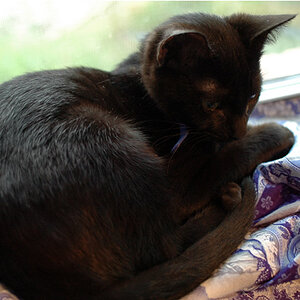

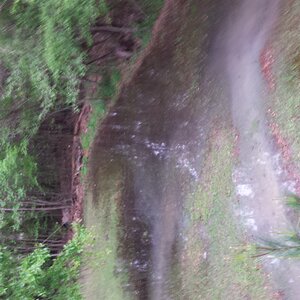
![[No title]](/data/xfmg/thumbnail/42/42253-fef7e43227f484b1a95dd6d85c03bd40.jpg?1619740063)
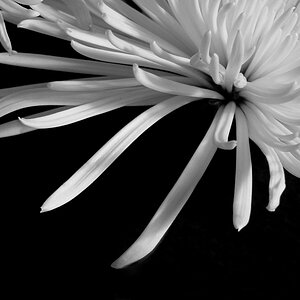
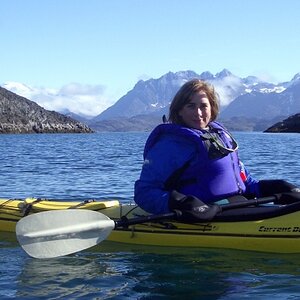
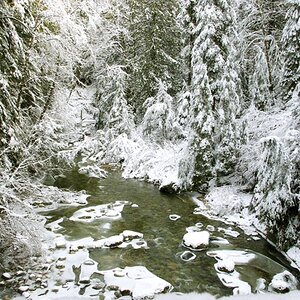
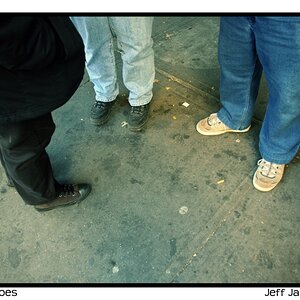
![[No title]](/data/xfmg/thumbnail/38/38261-db20f6f92ee8f0d4c5cf1536e308638b.jpg?1619738546)
